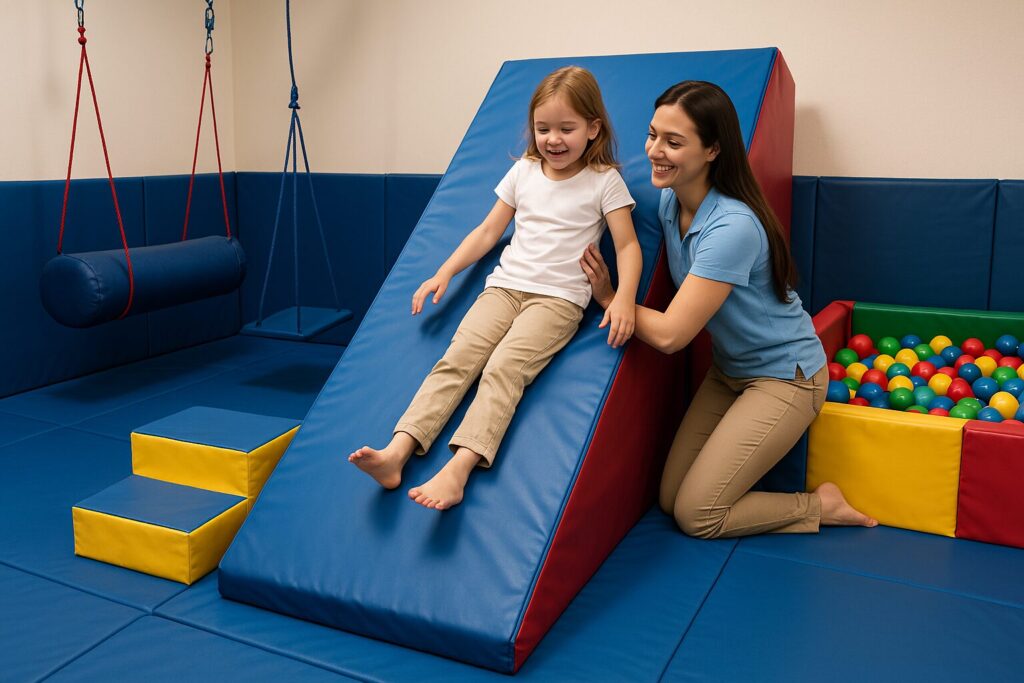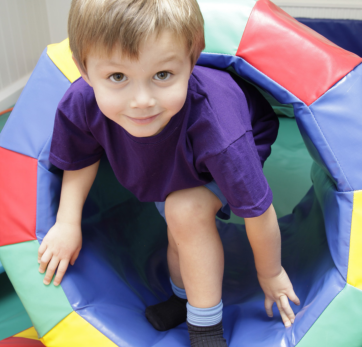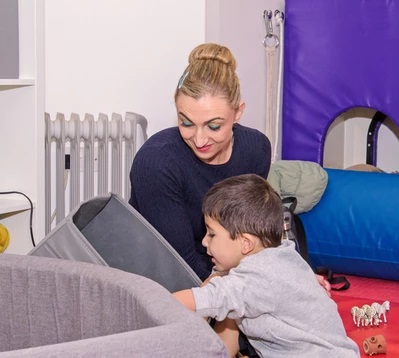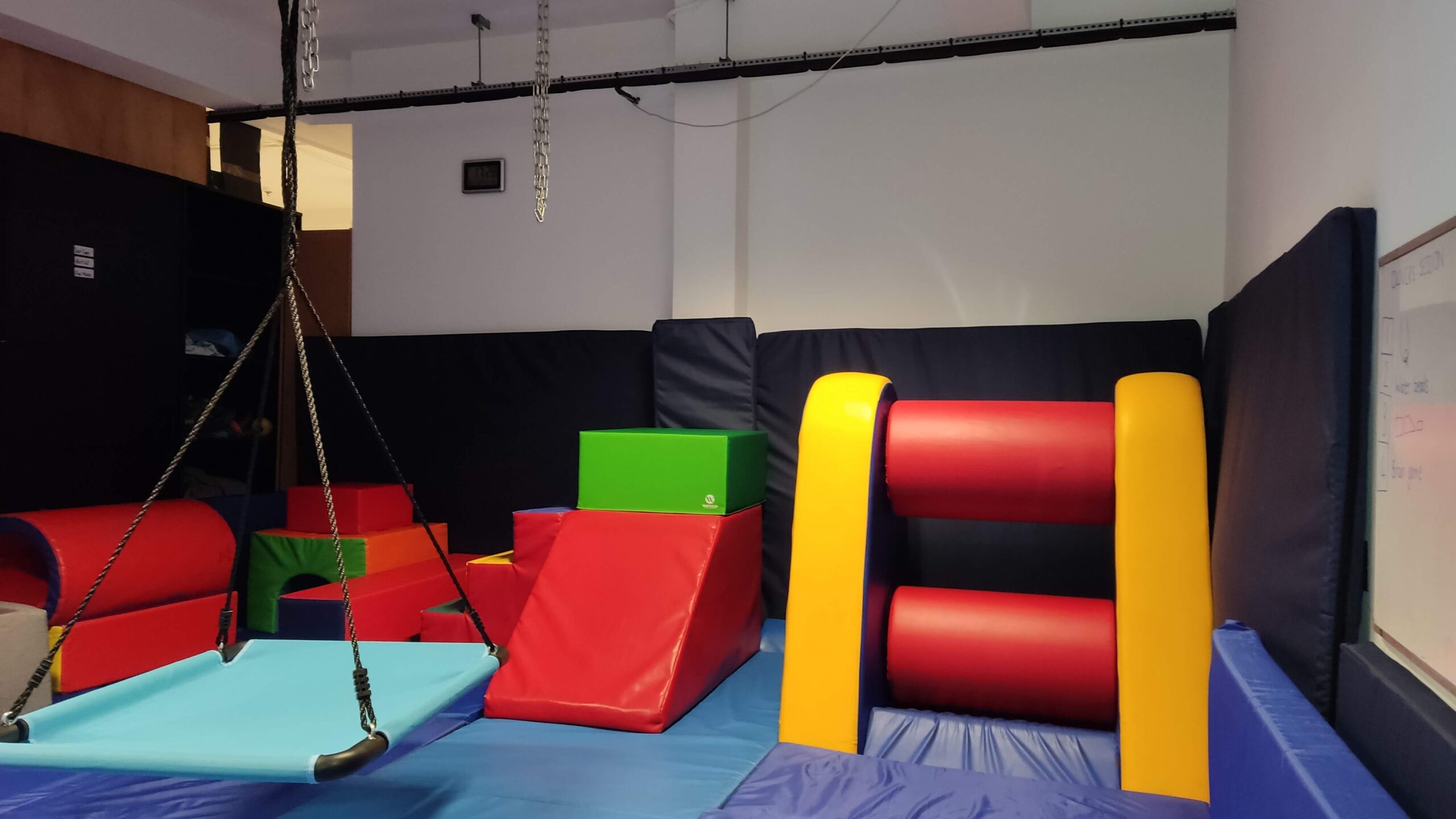OT and SI Therapy
OT and SI Therapy Overview
Explore our diverse range of Occupational Therapy services, focusing on enhancing developmental growth and Sensory Integration.
How Therapy Works
What Therapy you child will receive
Post assessment a determination regarding therapy will be made and what therapy in specific should look like. Not all children would qualify for Sensory Integration (SI). It is important to understand that SI is a technique used within and OT session in qualifying cases. Many children may require Occupational Therapy (OT), but may not be candidates for SI, and that is perfectly fine.
Where do sessions take place?
All sessions take place in our specialized Sensory Integration clinics, lasting approximately one hour. These sessions are led by our skilled Paediatric Occupational and Sensory Therapists. With consistent therapy, noticeable progress is often achieved.
How many sessions do we need?
The Sensory Integration model recommends an initial therapeutic regimen of 30 continuous sessions to ensure optimal consolidation of changes in the brain stem.
Depending on each child’s response, they may proceed to an additional block of therapy for further development.
Your child may benefit from additional sessions after completing their initial treatment plan. We’re always here to address any concerns and will guide you toward the best course of action.
If you’d like to connect with another parent to learn about their experiences at Kids In Sync, we’d be happy to arrange that for you.
To enquire about Occupational Therapy and/or Sensory Integration for your child:
What an OT session look likes
Warm-Up & Connection
The therapist begins by welcoming the child and easing into the session with a calming or energising activity, depending on the child’s mood and needs that day. This could be something simple like bouncing on a therapy ball, doing animal walks, or chatting while drawing.
Targeted Activities (The “Work” in Play)
The core of the session focuses on carefully chosen activities that support the child’s therapy goals. These might include:
- Gross motor games to build strength, coordination, and body awareness
- Fine motor tasks like threading, cutting, drawing, or using tweezers to improve hand function
- Sensory-based activities such as swinging, deep pressure, or tactile exploration to regulate sensory systems
- Visual-motor challenges like puzzles, mazes, or copying patterns
- Functional skill practice, such as handwriting, dressing, or using cutlery.
Regulation & Wind-Down
Towards the end, the therapist helps the child transition to a calmer state through soothing activities or quiet time, ensuring they’re ready to return to the classroom or home environment regulated and grounded.
Feedback & Home Strategies
The therapist shares observations and progress with the parent, carer, or teacher (depending on the setting) and may suggest ideas to try at home or school to reinforce learning.
What is Sensory Integration
When a child experiences challenges with sensory processing—like being overwhelmed by noise, struggling to sit still, or having trouble with body awareness—Sensory Integration (SI) therapy offers a powerful, playful way to help.
Many children with ASD and ADHD (for example but not limited to)exhibit these symptoms and SI therapy is a useful tool to improve these symptoms.
At Kids in Sync South West, our therapists use Ayres Sensory Integration® techniques to support children in making sense of the sensory world around them, helping them to feel more regulated, focused, and confident in daily life.
To book your assessment:
What an SI session looks like
Setting the Stage
We begin with a welcoming, predictable routine to help the child feel safe and in control. The therapist might offer the child a choice of activities to empower them and build engagement.
Sensory-Rich, Purposeful Play
The core of the session includes activities that stimulate the vestibular (movement), proprioceptive (body position), and tactile (touch) systems—essential for body awareness, balance, and regulation. Activities might include:
Regulation & Reflection
Sessions often end with a calming activity—like deep pressure, slow swinging, or breathing games—to help the child feel grounded and ready to transition back to home or school.
Support for Home & School
You’ll receive feedback after the session and practical tips to help extend sensory regulation strategies into daily routines. This service ensures children develop the skills they need to succeed in academic and social environments.




Explore Our Tailored Services
Personalised Support
We provide customised therapy to meet your child’s unique needs.
Sensory Integration
Our therapies incorporate sensory techniques to enhance development.
Goal-Oriented Approach
We focus on measurable outcomes to track progress effectively.
Holistic Development
Our services support physical, emotional, and cognitive growth.
Experienced Practitioners
Our therapists bring expertise and care to every session.
